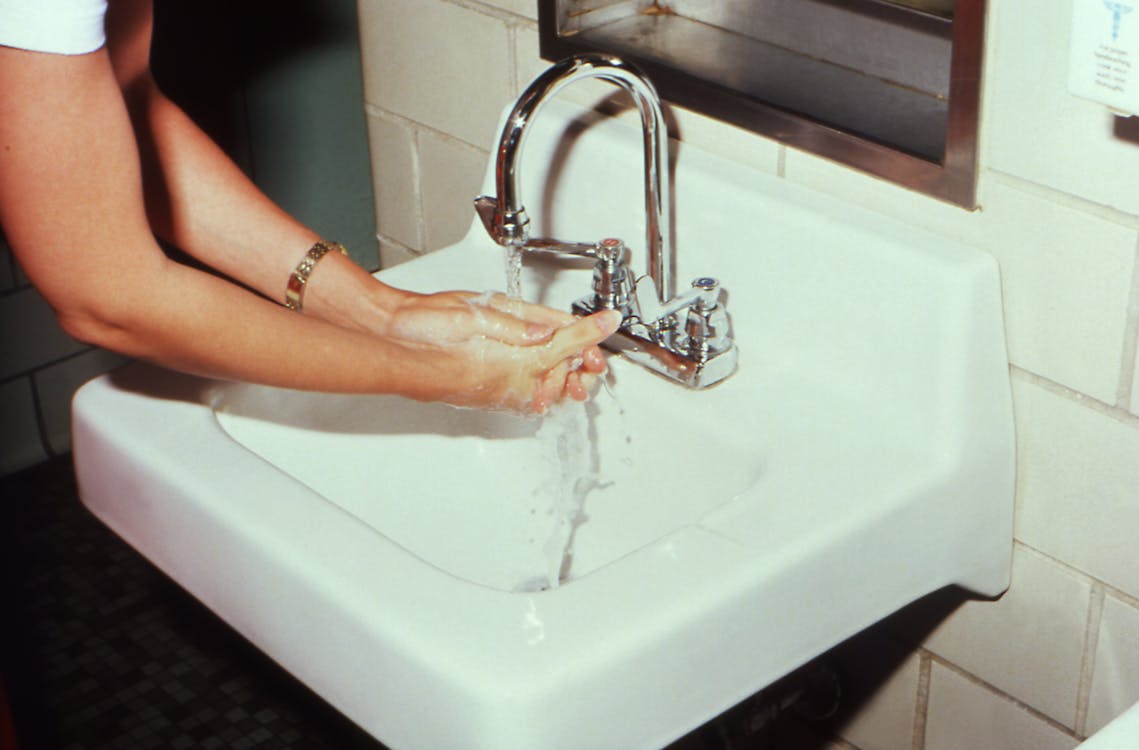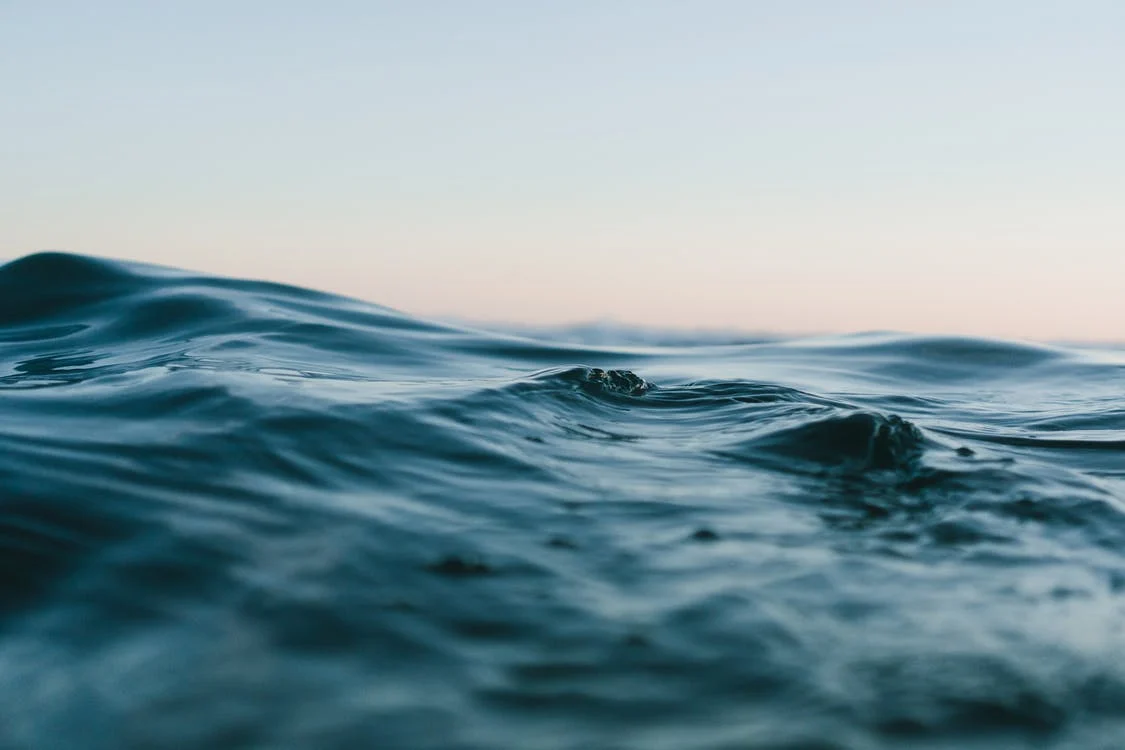How Important Is A Water Safety Plan?
A water safety plan (WSP) is a common requirement for a wide variety of site operators. The importance of these plans spans multiple different regulatory areas, each with often stringent specific requirements, including public health planning, water safety, and infection control.
Water safety plans are important for a wide range of reasons, from regulatory compliance to brand image protection. Let’s look at some of the reasons why water safety plans are so important. For further reading, take a look at leading resources such as the Water Hygiene Centre website.
Contents
What Is A Water Safety Plan?

Water safety plans are strictly defined under BS8680. It states that a WSP must be a strategic plan that defines the specific arrangements necessary for the safe management and use of water systems. The plan needs to cover all the systems and equipment involved in the water system, in all buildings and areas, in a way that prevents harm from arising from any form of exposure.
What your exact water safety plan will look like will depend on the specifics of your organization. The process of developing the plan, however, follows a similar trajectory in all cases. It aims to identify every potential hazard and water-related risk, which in turn facilitates the development of strict procedures to ensure the safe use and management of water sources.
Why Are WSPs Important?

Water safety plans are important for a number of reasons:
1. Regulatory concerns
In many situations, a water safety plan is essential in order to achieve regulatory compliance. Especially in areas where more vulnerable individuals are present, such as in healthcare, childcare, and education, water safety plans are of increased importance.
2. Protecting people
At their core, water safety plans exist to protect people from water-related dangers. Seen from this point of view, all other reasons such as regulations and brand image are of secondary importance; the key goal of formulating a water safety plan is to protect the health and wellbeing of the people who frequently use the site that the plan is made for.
How To Develop A Water Safety Plan

Developing a water safety plan can be a complex process for those with no prior knowledge or experience. WSPs are ongoing processes that change as the environment of a specific site changes.
They need to be developed by members of a water safety group (WSG) which includes a Responsible Person, a Duty Responsible Person, and an independent advisor.
It’s generally necessary to seek the expertise of external providers. They can provide GAP analysis for water safety plan preparations, and give advice on the whole process of developing a WSP model. This advice includes going over relevant policy, risk assessments, logbooks, control measures, and support schemes, and incident plans.
Conclusion
Having a watertight WSP is imperative. It’s important that the process is developed correctly in the first place – if an inappropriate plan is enacted, issues can compound, potentially resulting in a dangerous site that’s unfit for purpose.
Ensure that you refer to expert resources when it comes to creating, implementing, and sticking to a water safety plan.
Additionals:



